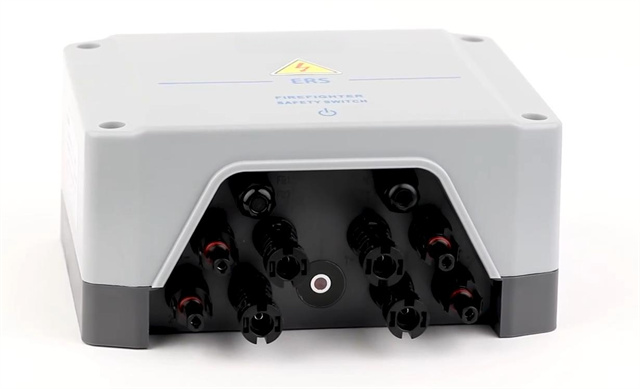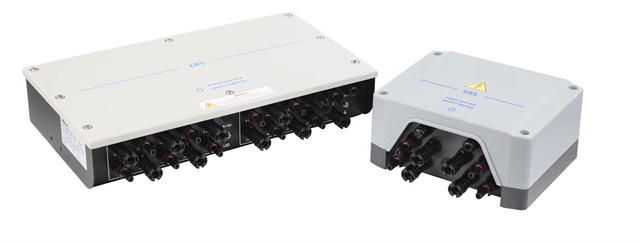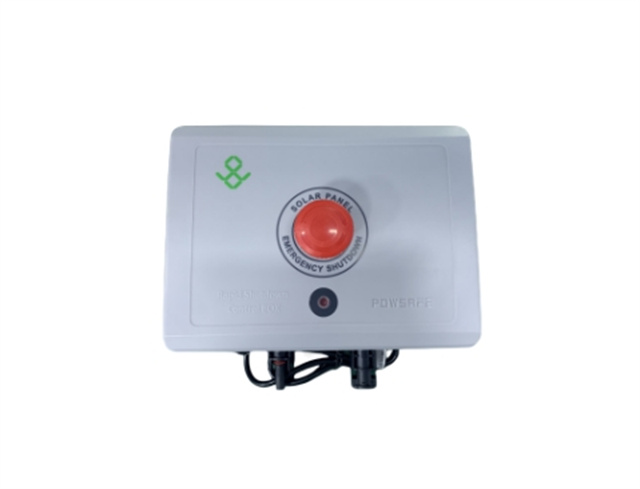Author:BLD Solar Energy SystemFROM:Solar System Converter Manufacturer TIME:2023-10-31
Efficient Installation of Rapid Shutdown in PV Systems

Rapid shutdown is a critical safety mechanism in photovoltaic (PV) systems that ensures the safe de-energization of solar panels in case of emergencies. It involves the installation of specialized devices and circuits to minimize the risk of electric shock for first responders and maintenance personnel. Efficient installation of rapid shutdown is crucial to ensure the effective operation and compliance of PV systems with the latest safety standards. This article explores the key considerations and best practices for installing rapid shutdown in PV systems.

Prior to installing rapid shutdown, it is essential to have a clear understanding of the regulatory requirements. In the United States, the National Electrical Code (NEC) has specific regulations regarding rapid shutdown in PV systems. These requirements outline the maximum distance for shut down, voltage thresholds, and labeling guidelines. Familiarizing oneself with these requirements is the first step towards efficient installation.

The design phase plays a crucial role in ensuring efficient installation of rapid shutdown. During this stage, the system layout should be carefully planned to minimize the distance between solar panels and the rapid shutdown equipment. This reduces the complexity and cost of wiring, while also increasing the overall safety of the system.
Choosing the right rapid shutdown devices is crucial for efficient installation. There are different types of devices available, including module-level rapid shutdown units and string-level rapid shutdown combiners. The selection should be based on factors such as system size, configuration, and budget. It is important to choose devices that are compatible with the PV system's voltage and power requirements.
The correct placement of rapid shutdown equipment is vital for its effective operation. It should be installed in a readily accessible location, preferably close to the main service panel or inverter. The equipment should be protected from environmental factors such as high temperatures, moisture, and physical damage. Adequate ventilation should also be provided to prevent overheating.
The wiring and interconnection of rapid shutdown devices should be done meticulously to ensure optimal performance and safety. Proper wire sizing, grounding, and insulation are critical to minimize voltage drop and potential hazards. Additionally, clear labeling of wires and devices is essential for easy identification and maintenance. Following industry best practices and guidelines is crucial during this stage.
Before putting the PV system into service, thorough testing and commissioning of the rapid shutdown mechanism should be performed. This includes functionality tests, verification of voltage thresholds, and emergency shutdown simulations. Testing ensures that the system is compliant with safety standards and capable of rapid shutdown when needed. Any issues found during testing should be rectified promptly.
Efficient installation of rapid shutdown requires trained and knowledgeable personnel. Installers should undergo training programs that cover the latest regulations, equipment, and installation techniques. Ongoing education and awareness are necessary to stay updated with the evolving safety standards and practices in the PV industry. Regular training sessions and refresher courses should be conducted to ensure proficiency.
Once rapid shutdown is installed, regular maintenance and inspections are essential to ensure its continued functionality. Periodic inspections should be conducted to identify any signs of damage, degradation, or malfunctions. Proper maintenance practices, such as cleaning the equipment and ensuring proper connections, help prolong the lifespan of the rapid shutdown system and maintain its reliability.
The efficient installation of rapid shutdown in PV systems is crucial to prioritize the safety of personnel and comply with industry standards. Understanding regulatory requirements, planning the system design, selecting appropriate devices, and following best practices for wiring and installation are key considerations. Thorough testing, ongoing training, and regular maintenance further contribute to the efficiency and effectiveness of rapid shutdown. By adhering to these guidelines, PV system installers can ensure a safe and compliant installation of rapid shutdown mechanisms.
